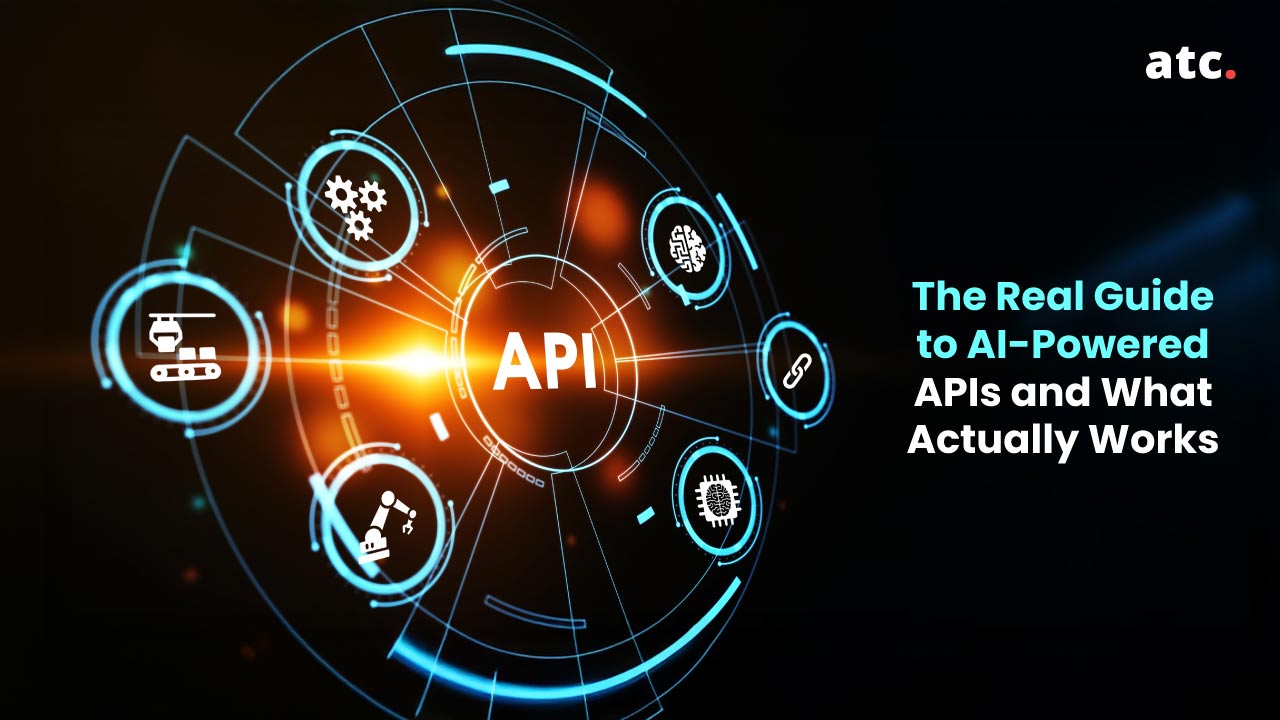Subscribe to the blog
For years, companies across industries have been adopting Agile approaches for greater adaptability and speed. One thing that helped these organizations embrace Agility at scale is the SAFe framework.
SAFe has enabled companies to perform their development activities with greater visibility and focus on creating value. As the business landscape evolves, the SAFe framework has introduced newer refinements that can help you create better-quality products and adapt to changing market shifts.
In this guide, we'll go over the latest updates to SAFe 6.0 and show you how you can use them to deliver value to customers more efficiently.
Top SAFe 6.0 Updates That You Need to Know!
Below are some of the highlights of SAFe 6.0 that you should know and try to integrate into your organization.
- Strengthen the Foundation For Business Agility
SAFe 5.0 introduced ‘Business Agility’, and version 6.0 gave us actionable insights. Let’s understand what new changes are presented here:
- The Lean-Agile mindset has been updated and now includes ‘The Five Principles of Lean Thinking’ and the ‘Agile Manifesto’. The ‘House of Lean’ principles has been retired. This will help development teams reduce risks, enable greater visibility, and address bottlenecks faster.
- Two new core values are added: Respect for people and relentless improvement. These additions will help organizations guide the behavior and actions of everyone participating in the SAFe portfolio.
- Business Agility focuses more on ‘Developing a Continuous Learning Culture’ to promote innovation and knowledge sharing.
- Empower Teams And Clarify Responsibilities
The Scrum Master role in a SAFe organization has expanded. In SAFe 6.0, the ultimate responsibility of a Scrum Master is helping team members achieve their delivery goals. Here’s a brief overview of all the duties of a Scrum Master:
- Facilitate PI planning: From preparing for PI planning and rafting plans to the final review, you should work closely with the team members to facilitate PI planning and make it a successful event.
- Supporting iteration execution: A Scrum Master must facilitate every Scrum ceremony, work within the Agile Release Train team, and collaborate with the product owner to ensure the team achieves its iteration goals.
- Improving the flow: Every development team has to overcome several complex challenges. It is the Scrum Master’s job to eliminate bottlenecks and improve the workflow to accelerate delivery. To do this, you can establish a Kanban board, track KPIs, and coach teams about the best built-in practices.
- Building high-performance teams: The alternative name for a Scrum Master is Team coach. They must foster and support the Agile team attributes, resolve conflicts, and serve as Lean-Agile leaders to ensure proper adoption of the SAFe framework.
- Improve ART performance: Building high-performance teams is challenging, and transparency is key to achieving it. To achieve this, it is important for a Scrum Master to actively participate in ART's (Agile Release Train) activities, engage team members in problem-solving workshops, and continuously inspect and adapt to improve the overall performance of the ART.
As the duties of a Scrum Master increase, they will need additional skills to handle complex challenges and empower teams.
- Speed up value flow
The ultimate goal of the SAFe framework is to provide continuous customer value. And to do that, the framework has introduced eight flow properties to help you deliver faster. These changes are listed in Principle 6 of the section titled “Make value flow without interruptions”.
Let’s discuss them briefly:
- Visualize and limit WIP
- Address bottlenecks
- Minimize handoffs and dependencies
- Get faster feedback
- Work in smaller batches
- Reduce queue length
- Optimize time ‘in the zone’
- Remediate legacy policies and practices
Each flow accelerator addresses an impediment and eliminates them to help the team work faster and improve the ART performance.
- Enhance Agility across the business
SAFe 6.0 updates touch every business aspect and focus on scaling Agility across departments. Let’s review the SAFe 6.0 updates on how organizations can scale Agility:
- A new article by the Scaled Agile Framework highlights five technological patterns. These include business-enabled ART, Agile business Train, Agile executive team, Agile business function, and combined portfolio. The sections briefly discuss how SAFe principles can be implemented beyond the development department.
- The official website now has a new IT homepage featuring success stories of businesses that have implemented SAFe and overcome challenges.
- Build the future with Al, Big Data, and Cloud
The business landscape is rapidly changing, and with the emergence of new technologies like generative AI, Machine Learning, Big Data, and Cloud, competition has become fierce.
SAFe is a forward-thinking framework that acknowledges the significance of modern technologies. It provides organizations with guidelines to enhance their development and operational capabilities quickly.
- Deliver better outcomes with Measure & Grow and OKRs
Previously, SAFe has not focused much on metrics or OKRs. But SAFe 6.0 has reintroduced the importance of OKRs to help teams make data-driven decisions. Let’s understand the two new framework additions to ensure companies deliver better outcomes.
- Measure and Grow
This approach evaluates the progress of SAFe enterprises toward business Agility and determines improvement areas. It involves measuring progress through metrics in three critical domains: Outcome, flow, and competency. After analyzing each stage, you can create strategies that help organizations grow.
Here’s how measuring the three domains will help you:
- Outcome: Do the solutions meet customer and business needs?
- Flow: Are the organizational processes efficient at delivering customer value?
- Competency: Is the organization following practices and principles that helps it become Agile?
- OKRs
Defining KPIs is critical for measuring the success of your initiatives. SAFe 6.0 has introduced three use cases of OKRs and outlined how they can help businesses deliver better results. The framework has shown how OKRs are generally the best way to describe strategic themes.
Below are the three use cases of OKRs introduced in SAFe 6.0:
- Enhancing strategic alignment: OKRs create a better strategic alignment across the SAFe portfolio by defining specific and measurable goals.
- Defining better outcomes for epics and lean business cases: While epics are a great way to organize tasks and manage large projects, creating them takes time. OKRs help teams uncover potential epics and provide clarity for achieving desired outcomes.
- Setting improvement goals for SAFe transformation: Most growing businesses need help with determining the ROI of SAFe transformation. Applying OKRs will give you an accurate estimation of your SAFe change program's effectiveness.
How Can You Leverage SAFe 6.0 For Your Organization?
The new SAFe update is focused on value delivery and providing better support for achieving Agility across organizations. But achieving that requires you to leverage the SAFe implementation roadmap.
Here are some essential steps from the SAFe implementation roadmap that you should follow to expedite reaching the MVP stage.
- Reach the Tipping Point: Recognizing the need for change and establishing a vision is crucial for moving forward.
- Train Lean-Agile Change Agents: Provide the leadership team with the knowledge and horsepower to implement changes and adopt the principles of the SAFe framework.
- Create a Lean-Agile Center of Excellence: An effective Lean-Agile Center of Excellence is a crucial differentiator for companies to practice Agility at scale. It helps organizations drive day-to-day SAFe activities.
- Train Executives, Managers, and Leaders: To ensure the success of your Agile initiatives, it is essential to adequately prepare your team's executives, managers, and leaders for SAFe transformation and equip them to become SAFe agents.
- Lead in the Digital Age: Using technology tools, removing barriers, and forming a strategic vision are imperative for leading in the digital age.
- Organize Around Value: Prioritizing customer feedback and fostering cross-functional collaboration is critical for delivering fast.
- Create the Implementation Plan: Preparing a roadmap includes defining measurable goals, outlining Agile Release Train and value streams, and identifying leadership roles.
- Prepare for ART Launch: Here, the team prepares for the ART launch and outlines details to execute the required activities.
- Train Teams and Launch ART: To launch ART successfully, teams should undergo training to understand their role in ART. They also need to acquire Lean and Agile skills to maintain their effectiveness.
- Coach ART Execution: The newly formed teams should train to execute ART activities effectively.
- Launch More ARTs and Value Streams: After launching the first ART, the team will have significant opportunities to establish more ARTs and create value streams.
- Enhance the Portfolio: This stage includes broader implementation of the SAFe framework and looking for better ways of working and optimizing workflow.
- Accelerate: After the implementation roadmap is completed, you must revisit and refresh value streams, apply flow accelerators, and adopt a culture of continuous learning.
Moving Towards Agility in a Digital-First World
In a digital-first world, only those who adopt Agile approaches can survive. However, scaling Agility has its own challenges.
With the launch of SAFe 6.0, companies can break down silos faster and streamline workflow better, empowering teams to build products more quickly and stay ahead of the curve. But it is crucial to note that without proper training, employees won’t be able to leverage the framework effectively.
Discover the secrets of the SAFe framework through our expert, instructor-led training. Our approach emphasizes practical learning, featuring interactive feedback sessions, collaborative group activities, real-world case studies, and comprehensive exam preparation, all designed to help your team optimize its delivery pipeline.
Explore our training page for more information on our SAFe and Scrum training programs, and don't hesitate to contact us with any questions you may have. We're here to help!




